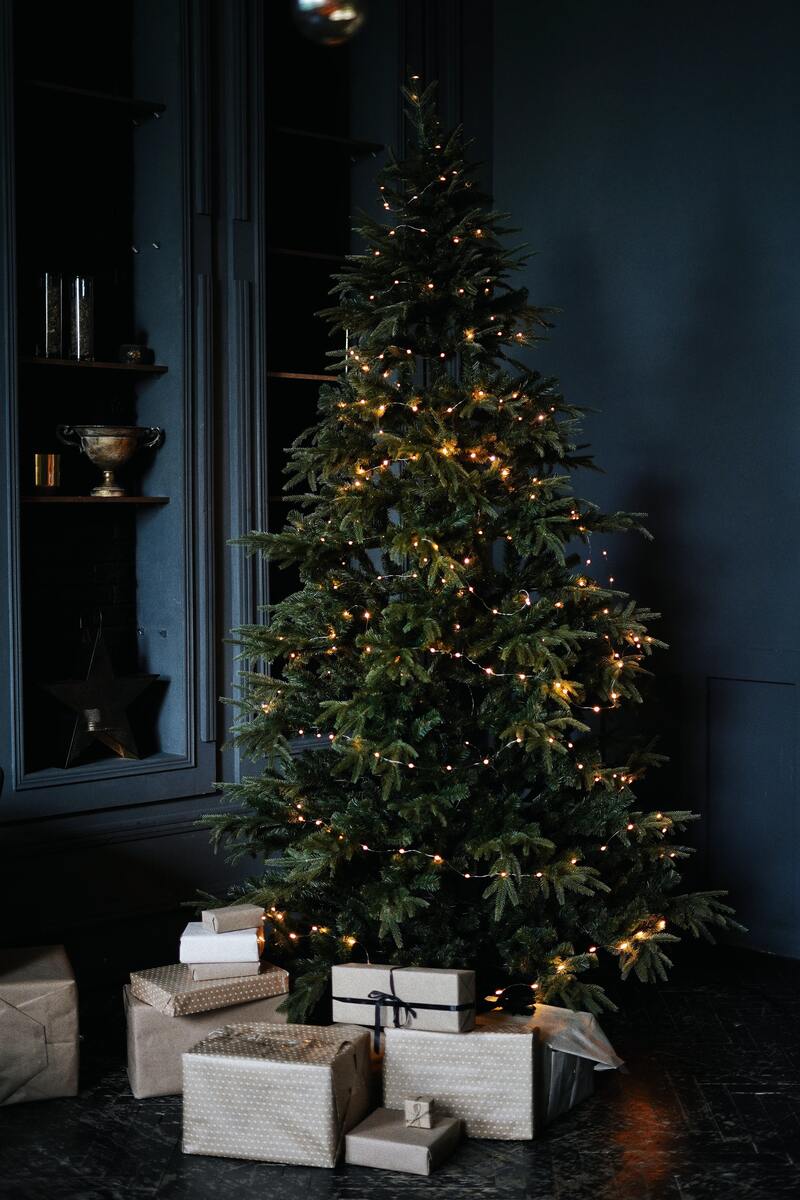Christmas Trees – Are They Sustainable (or should we go artificial)?
There is a hot debate running in the office about the sustainability of buying a natural tree for Christmas – knowing it has been felled for a 2-week stint in our front living room – before being discarded.
Having heard the sad lament of a good friend having bought an artificial tree for the first time and having to assemble it and then to tuck it away gain, bagged for next year, and even buying artificial pine scent – to make it smell like the real thing, I was mindful that my negative response to this might seem (at first sight) to go against the grain of our James Blake Associates green credentials and united mission and passion to help save the planet from designing greener and more sustainable landscapes.
Having given this matter more thought that it probably deserves, the conclusions are thus: First, an artificial tree uses a lot of carbon in it’s use. Being that get a little tardy after more than 3-5 years of use, and get chucked, it would not appear to be such a green option. In fact A 6.5ft artificial tree has a carbon footprint equivalent to about 40kg of greenhouse gas emissions – which is over double that of a real tree, and most fake trees ends their ‘life’ in landfill. This carbon footprint is over 10 times that of a real tree which is burnt. Furthermore, real trees are re-planted each year, absorbing the same amount of carbon as they release from burning – so are in fact carbon neutral, apart from the chain saw that cut them down. If you chip your tree as mulch, the carbon release is much slower, and therefore more carbon neutral.
In conclusion – to go green – go natural when it comes to Christmas trees – and you’ll avoid having to add artificial pine smell: The natural smell of a fir tree or Norway spruce is just unique and un-copyable.





